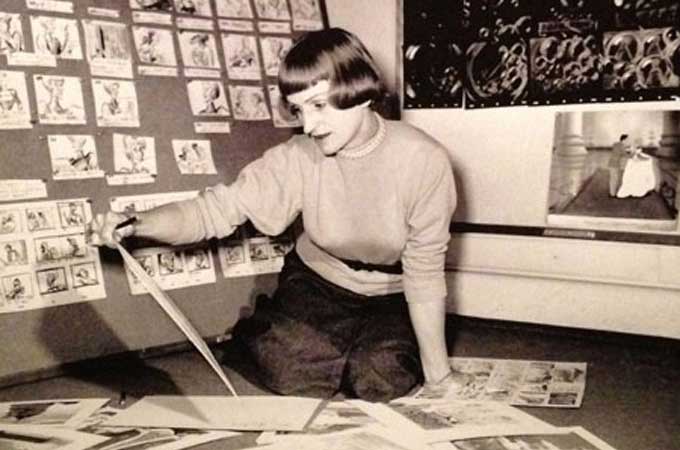
Disney Artist, Pioneer, and Legend Mary Blair

For all Disney fans who love the classic attraction “It’s a small World” and many of the beautiful murals and artwork seen around the parks, you can thank gifted artist Mary Blair. Mary was credited with introducing the Modern and the “Cartoon Modern” style art forms to Walt Disney and the studios.
The Cartoon Style was a major movement through the 1940’s to the 1960’s and no one did it better than Mary. She was an imaginative color stylist and designer and was one of Walt’s favorite artists. Walt loved her work which brought this modern art to the studios as no one else did. Disney Animator and artist Marc Davis once compared her work to the great French artist Matisse, known for his use of color and fluid draftsmanship. And Animator Frank Thomas added…”Mary was the first artist I knew of to have different shades of red next to each other. You just didn’t do that! But Mary made it work.”
The way Mary painted was a fresh and childlike style, and Imagineering artist Roland Crump said that… “The way she painted – in a lot of ways she was still a little girl. Walt was like that… You could see he could relate to children – she was the same way.”
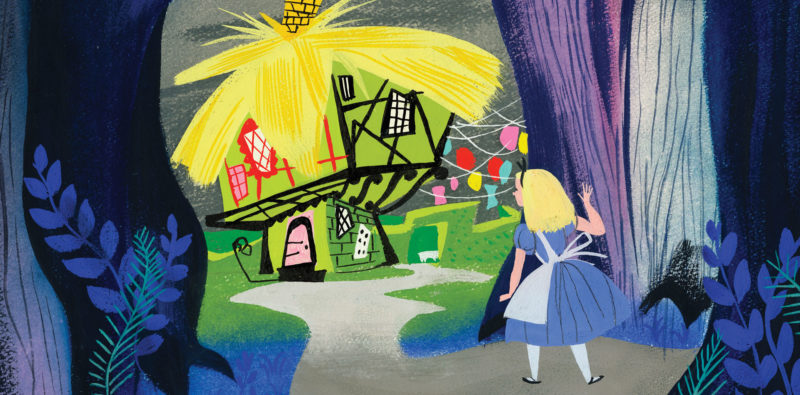
Mary Blair, nee Mary Browne Robinson was born on October 21st in McAlester Oklahoma. Her parents were poor with meager income and the family moved many times during her childhood, finally settling in Morgan Hill California at age seven. She was a gifted artist and after graduating from Live Oak Union High School in 1929, Mary enrolled in San Jose State College as a Fine Art major. She had the opportunity to study under the famous Mexican Social Realist artist David Alfaro Siqueiros, known for his large murals in fresco.
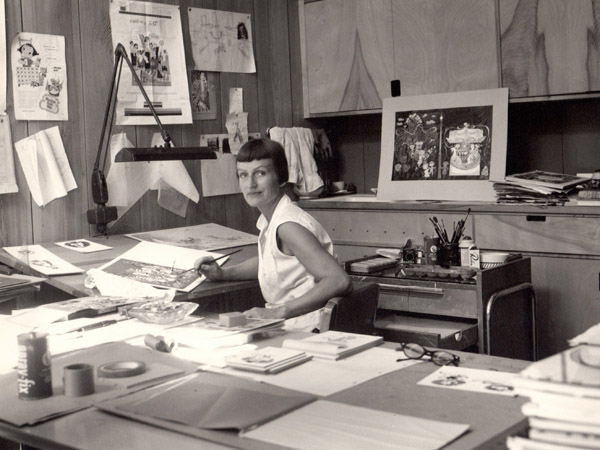
In 1931 she received a scholarship to the famed Chouinard School of Art in Los Angeles. Among her prestigious teachers were artists Lawrence Murphy, Pruett Carter and Morgan Russell. Mary Robinson also found love at the school. She met and married fellow artist Lee Blair on March 3rd, 1934. Both had the shared ambition to become famous water-colorists. But trying to make a living as artists in depression-era American was not an easy task.
The couple landed a job in Ub Iwerks studios and later they worked for the Harman Ising studios. Lee Blair found a job at Disney in 1938 and Mary joined him in 1940. Soon after, she worked on such projects as the never produced “Baby Ballet” which was to be a second part of Fantasia, an early version of “Lady and the Tramp” and “Dumbo” When the Disney Studios was asked to travel to South America under FDR’s “Good Neighbor Policy” which was designed to cement friendly relations with Latin American Countries, Mary Blair’s artist style was changed forever.
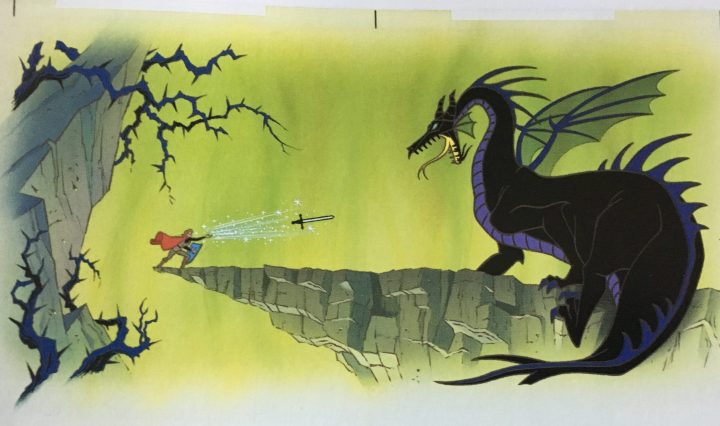
In a brief excerpt from an interview with artist and Imagineer Joyce Carlson, who was a mentor to Mary Blair had this to say…” Mary was very friendly and very artistic. She had a lot of glasses. She used to have a lot of different colored contact lenses as well. She used to wear green or blue or any color to go with the outfit she was wearing that day. I’d watch her put them in and I thought, “I wouldn’t want to wear those.” Maybe that affected her colors. Her colors were always bright. She used theatrical gels and cut them up and put them on top of her artwork. I had to match the colors she picked and that was a problem because those colors didn’t exist with the paints we had. I had to go and get some of the paints from the ink and paint department and mix them in with our paint and they didn’t always mix well. It was like painting with mud. When I worked with her on the mural in the Walt Disney World Contemporary Hotel, it was a little easier because the tile work wasn’t as bright like Small World but it was still tough. I would finally get what she wanted but it took time”
She continues… “Mary painted very flat and it wasn’t very dimensional. We often had to cut pieces of Styrofoam for her and let her move them around. She wasn’t always happy how her artwork got translated to animation, but she was happy with the finished product of Small World, I think. Of course, other hands were involved as well. Mary would let us put our ideas together and she’d pick things we’d do and put them in the show. I created a cardboard giraffe for the Africa scene and Mary loved it and put it in. We’d always be changing characters and adding things”
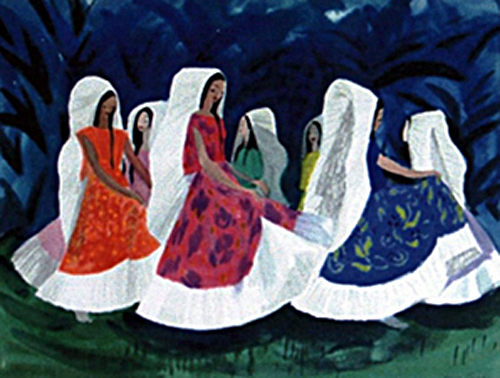
It was this trip to South America and its culture that her style became more colorful and diverse. Upon her return, her career with the Disney Studios escalated. She was named art supervisor for the films Saludos Amigos, 1942, the Three Caballeros, 1944 and Make Mine Music in 1946. This was just the start. In 1948 she was the color artist for “Melody Time” and “Johnny Appleseed” In 1949, “The Adventures of Ichabod and Mr. Toad” Mary is also credited with “Alice in Wonderland, 1951, Cinderella and Peter Pan, both 1953. She also worked on the special shorts, including “The Little House” and “Susie, the Little Blue Coupe.” Her concept art is prevalent in all of these classics.
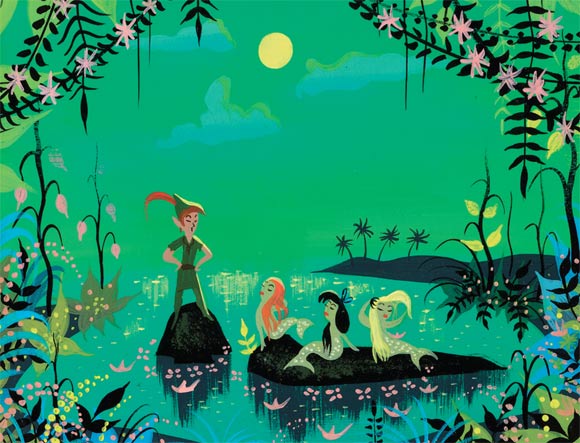
Mary’s husband Lee had left Disney years earlier to start his own company called Film/TV Graphics Inc. Mary herself resigned from the Disney Company immediately after the completion of Peter Pan. She moved with her family to Great Neck, Long Island. Here she worked as a freelance artist and illustrator. She created advertising programs for Nabisco, Pepsodent, Beatrice Foods and Maxwell House coffee. She was also an illustrator for many of the “Little Golden Books” published by Simon and Schuster. She also designed Easter and Christmas sets for Radio City Music Hall.
In 1964 Mary was again asked by Walt Disney to help in a new project called “It’s a small World”. Blair’s vibrant, colorful and abstract art forms were perfect for the new attraction. Her abstract, rendered drawings of the round faced children in the ride are world famous. She was further conscripted to design many exhibits, attractions, and murals at the theme parks in California and Florida, including the spectacular murals in the Grand Canyon Concourse at the Contemporary Hotel at the Walt Disney World Resort. She also designed a mural for the children’s wing of UCLA’s Jules Stein Eye Institute in 1966, the color design of the musical “How to succeed in Business without really trying” and the mural “Adventures Through Innerspace” in Disneyland’s Tomorrowland.
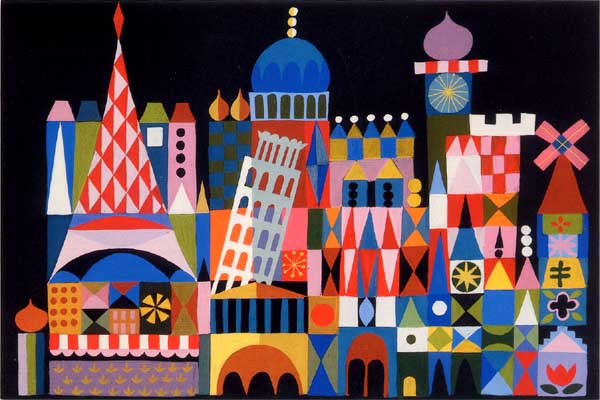
Although world-renown for her work at Disney, much of her post-Disney art is not extensively known. But her novel and innovative approach to art, with bold colors and soft brushstrokes still motivate many artists and illustrators today. Mary Blair will always be known as one of Walt’s most innovative artists. Her contributions are immeasurable. Sadly, Mary Blair passed away on July 26th, 1978 at age 66. In 1991 she was honored posthumous with the Disney Legend award. In 1996 she was also honored with the Winsor McCay award from the ASIFA in Hollywood.
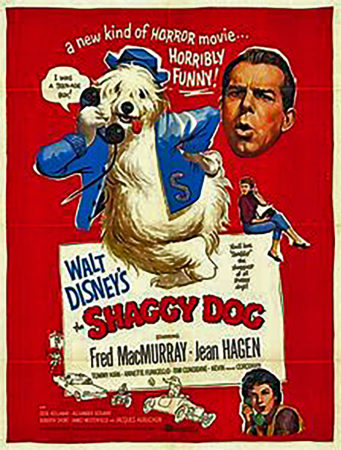



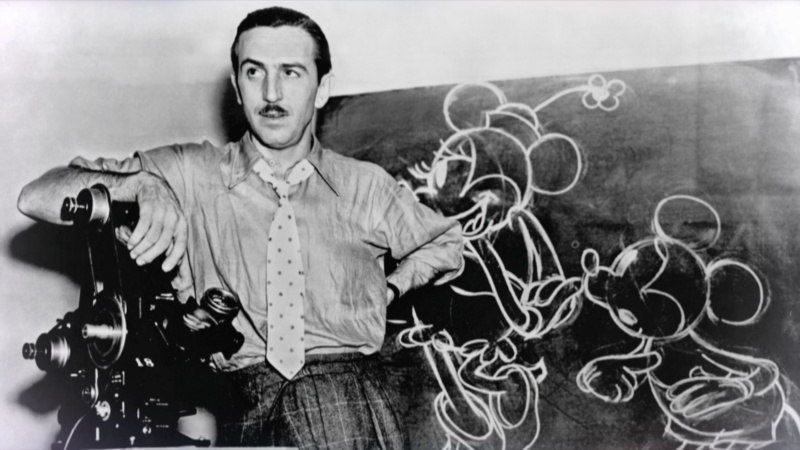

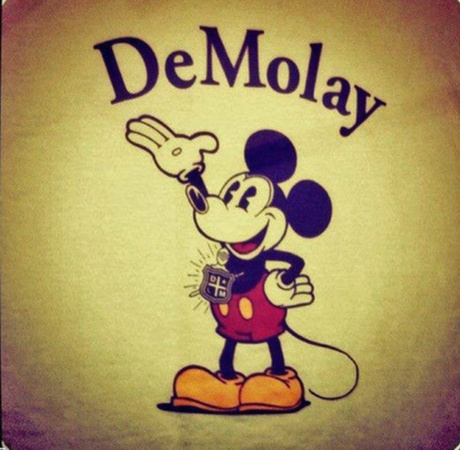
One Comment
abiad
Bill Iadonisi, thanks so much for the post.Much thanks again. Really Cool.